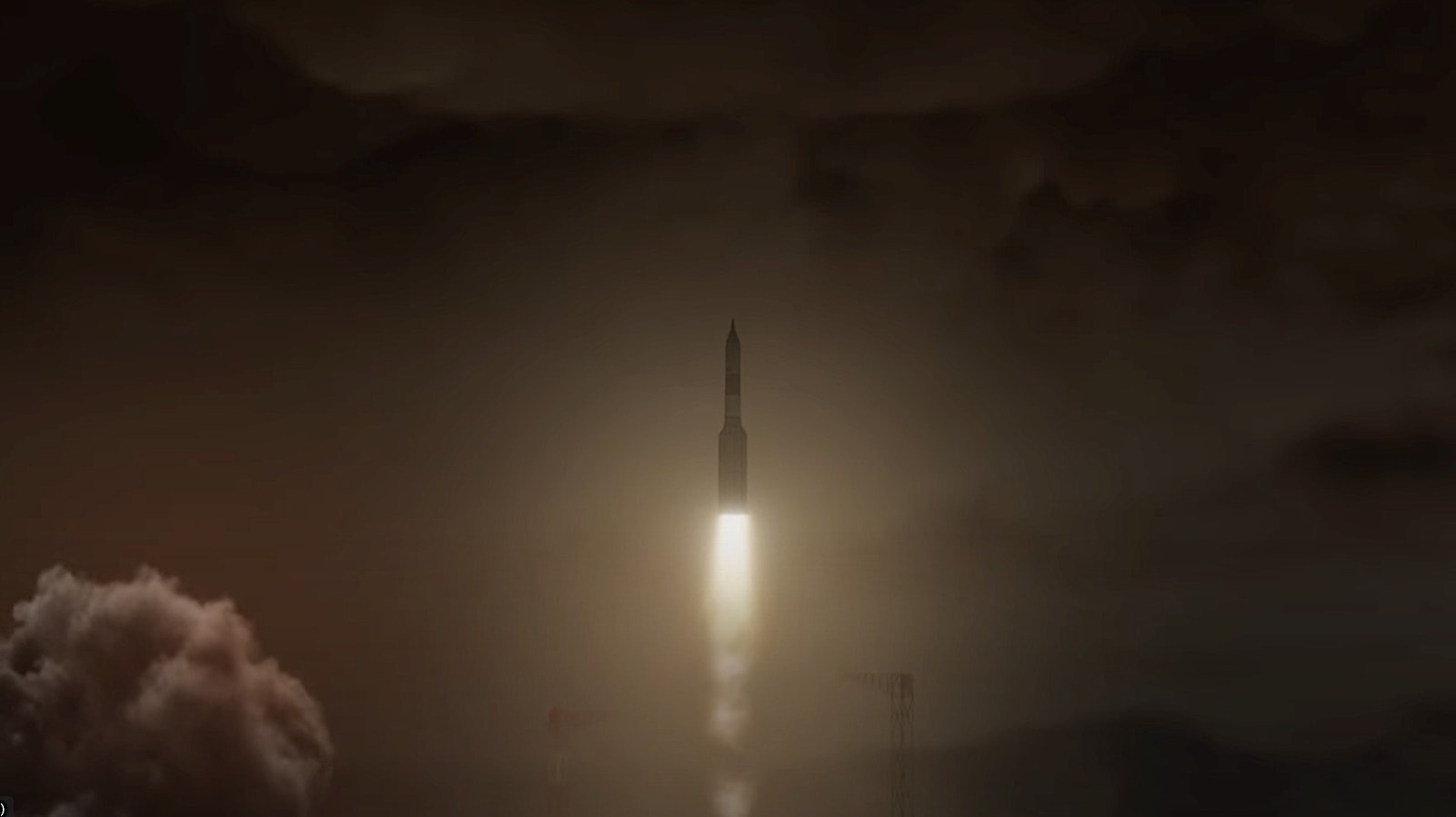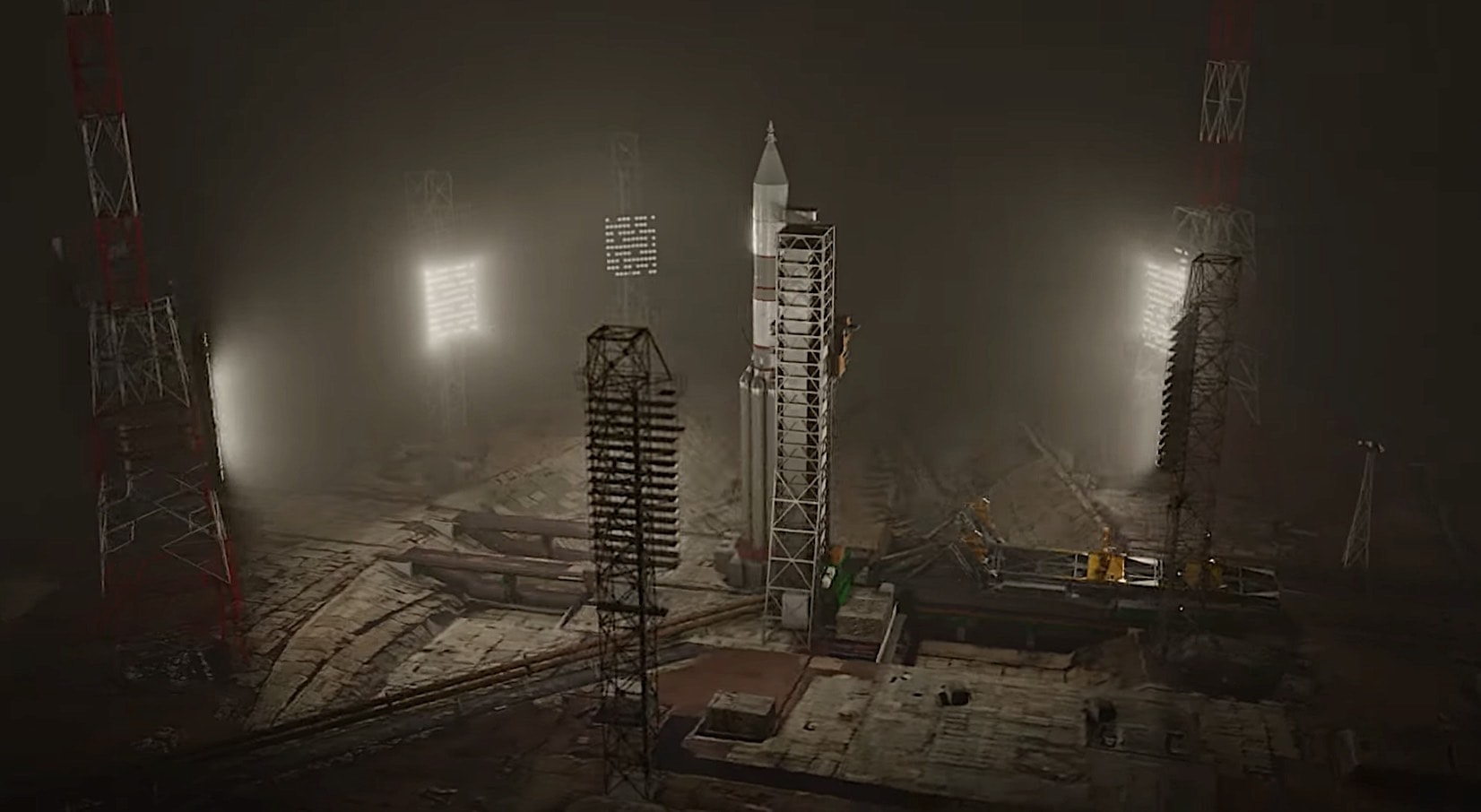When examining space exploration objectively, it becomes evident that failures and unfulfilled dreams outnumber successes. In most industries, such a track record would be concerning, signaling a deviation from plans.
However, in space exploration, each setback contributes to humanity’s progress. For decades, the United States and the Soviet Union competed fiercely in this arena, striving to lead the way in space exploration.
Ultimately, the U.S. emerged victorious in the space race, accruing numerous failed projects along the way. However, the Soviet Union also boasted ambitious endeavors, including the Energia Vulkan, a remarkable heavy-lift rocket designed in the early 1980s. Intended for lunar and potentially Martian missions, the Vulkan never materialized beyond conceptualization.

Featuring eight Zenit rocket boosters and powerful RD-0120 engines, the Vulkan aimed to lift 200 tons to orbit, 43 tons to the Moon, and 52 tons to Mars. Despite a decade of Soviet efforts, the project was abandoned in the 1990s due to funding shortages following the Soviet Union’s collapse.
Yet, through the skill of modern digital artists, the Energia Vulkan lives on in stunning computer simulations, reminding us of humanity’s enduring quest for exploration and discovery.

